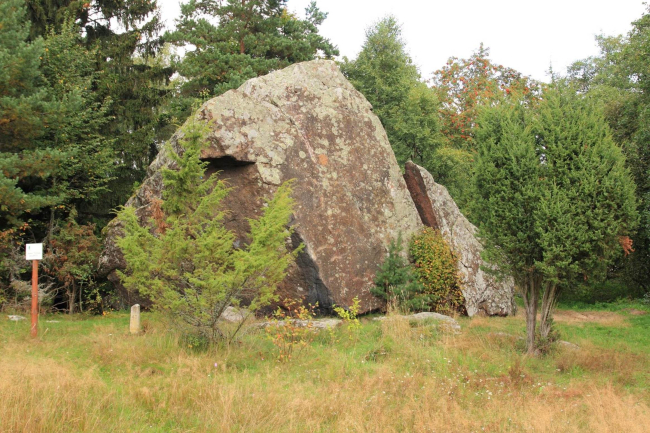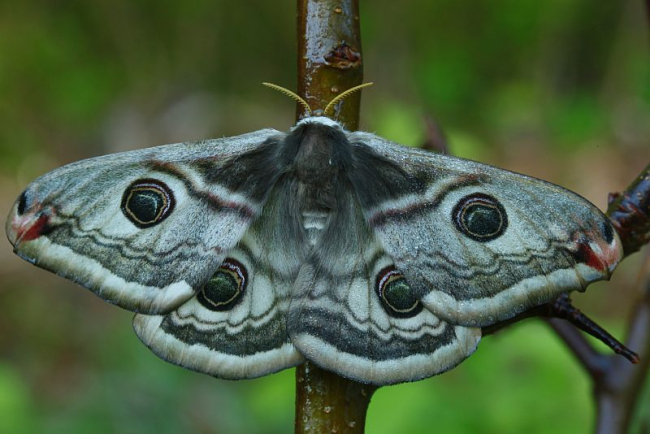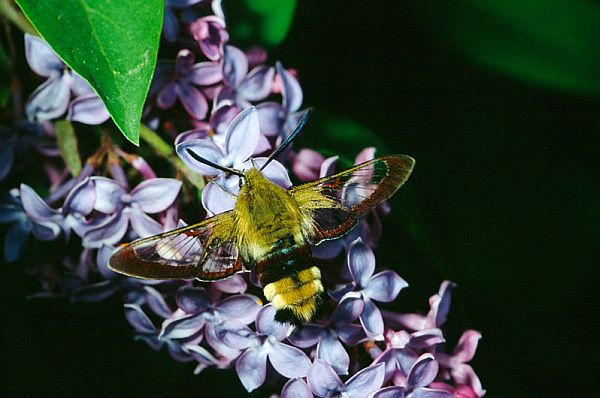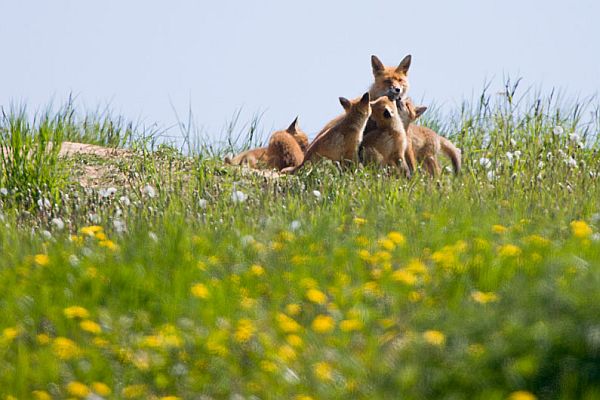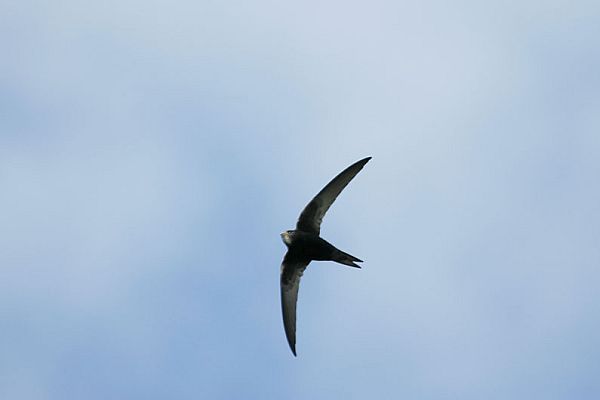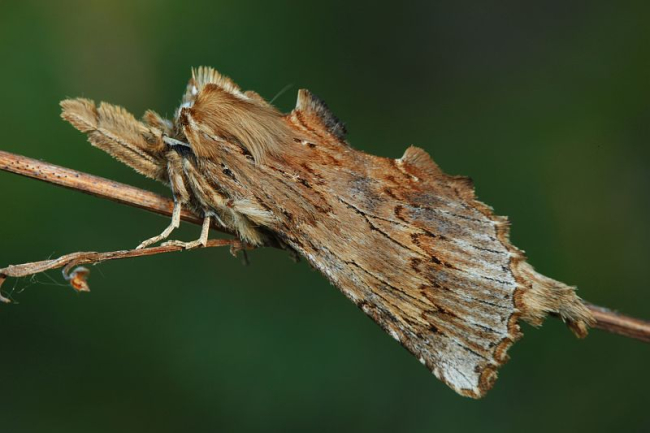Photo Arne Ader
Translation Liis
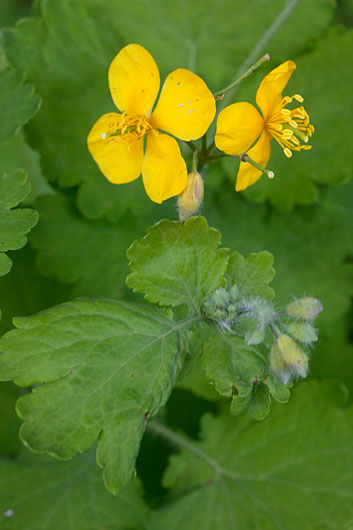
Greater celandine
We find the greater celandine in fresh and a little shadowy habitats, for instance at the base of old city walls, at churchyards, in shore areas or inland where it grows together with our native plants. The greater celandine has been cultivated for thousands of years already in all kinds of herb gardens but its original homeland may be the hills of Persia or western Himalaya.
In summer the plant, of the poppy or Papaveraceae family, may grow up to a metre high, decorated with siliqua-like seed capsules and yellow flowers with four petals. Herbivores avoid the poppy family plants since they excrete toxic alkaloids to fend them off.




